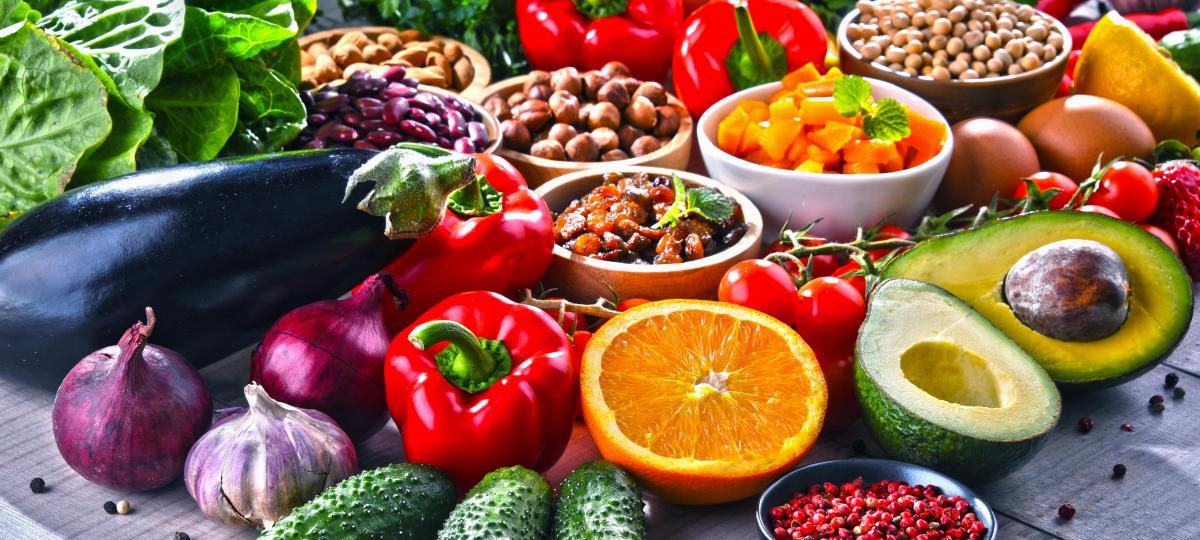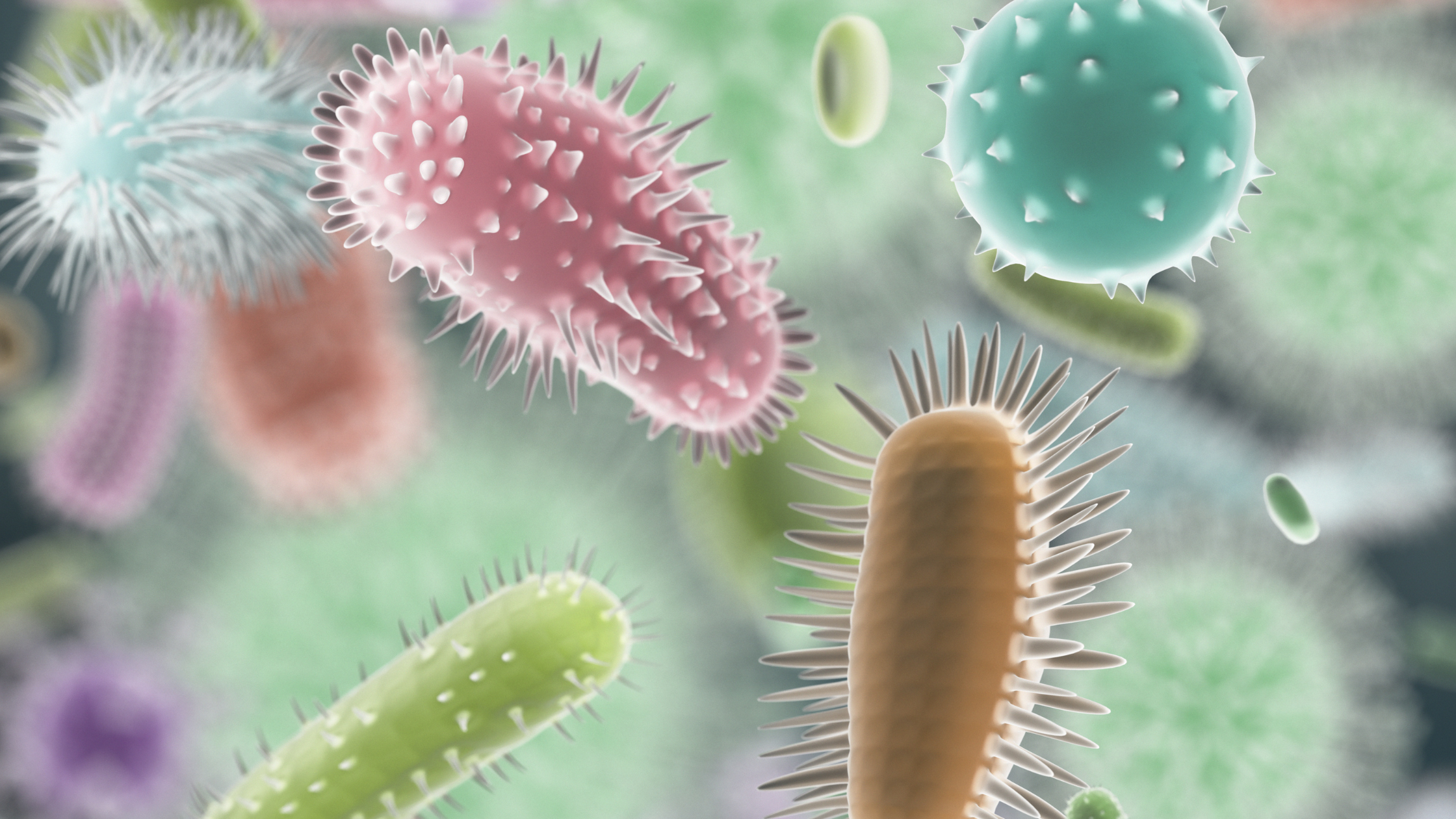How can that be possible?

« 30 Plant per week « . This is the title of a cookbook by the Austrian author and journalist Katharina Seiser. » Microbiom research shows: It depends on eating many different plants « will In the book description at Thalia explains: « If we eat the largest possible variety of plants per week, we are demonstrably good for our microbiome and immune system. » Seiser is not the only nutrition expert who propagates it. Several Nutritionist Recommend to consume at least 30 plants per week. So also the book « Food for Life » by Tim Spector, professor of genetic epidemiology at King’s College in London.
The advisors started a social media trend. At Tikkok and Instagram there are now challenges where users want to beat each other. According to the motto: whoever consumes more plants wins. In addition, people exchange ideas in communities how the target of 30 plants can best be achieved in a week. How to do this and whether the trend is healthy at all.
30 plants per week: does that make sense?
The Diet can be seen as a variant of the « 5-am-tag rule », in which the rule of thumb loud a report from Utopia reads: five portions should be fruit and vegetables be eaten. Who now the simple calculation of five portions a day and seven days the week carried out, with this route comes to 35 portions of fruit and vegetables a week. The 30-plants rule does not reach that far-and refers not only to fruit and vegetables, but to everyone plant food.
In the meantime, the number 30 is not chosen. It is based on a study from the USA. At the « The American Gut Project“Stool samples were examined by more than 11,000 people worldwide. The result: for people who had eaten 30 plants per week, a greater variety was in their intestinal microbioma Detected than in the people who only came to ten plants per week. Simplified can be Utopia are said: the more diverse the intestinal microbioma, the more Healthier man. These are the entirety of the microorganisms that have their habitat in the intestine. This affects viruses, bacteria and fungi. Everyone’s intestinal microbioma is individual. It affects many body functions. Above all the digestion, the immune system and the formation of Vitamins and hormones. According to Seiser, the 30-plants nutrition also prevention of diseases such as diabetesOverweight, cardiovascular diseases, cancer and depression. And The vitaminsthat are contained in the plants certainly do not harm the body.
The Mirror However, note that the examined group of people with 30 plants was small a week. It only includes 41 participants. The study therefore does not provide any evidence, but certainly a note that many nutrition experts have taken up and consider it sensible. « It is good to eat as many plant food as possible, » Antje Gahl from the German Nutrition Society in the report of Mirror cited. It is questionable whether it has to be exactly 30, but a goal in this range can therefore be classified as healthy. « Perhaps the challenge is an incentive. But you shouldn’t concentrate fabricate on it, » advises Gahl.
Which plants and which quantities are recommended?
All edible plants or plant parts can be added to the 30 plants, such as Utopia reported. It does not matter whether they are cold or warm – and also not whether they are eaten in whole or crushed, raw or cooked and inserted or fermented. However, duplication should not be counted within a week, but 30 different plants must be. The recommended quantities vary. A cup of fruit and vegetables, With nuts A handful is enough and enough With spices it should be at least one teaspoon.
With the following plants, the brand of 30 can be reached:
- Li): Relative List-None (&> Li): PL- (1.2EM) (&> Li): Marker: Text- (0) (&> Li): Relative (&> Li): Before: Absolute (&> Li): Before: W-3 (&> Li): Before: H-3 (&> Li): Before: BG fire (&> LI): Before: LEFT-0 (&> Li): Before: Top- (8px) (&> Li): Before: Rounded-Full My-5 « >
- Vegetables: The more variety, the better.
- Fruit: Count varieties and colors. For example, three different varieties (yellow, green and red) count as three different plants.
- Cereals and legumes: For example, oatmeal, millet, beans, peas, bulgur, quinoa, wholemeal noodle and whole grain rice.
- Herbs and spices: From basil to coriander to cinnamon and black pepper. Half a plant point can be reached by fresh herbs, only a quarter point through spices.
- Nuts and seeds: For example almonds, sunflower seeds and walnuts.
- olive oil: May be there more than once a week. It is a matter of interpretation whether it is played several times.
- Tea and coffee: Also counts because a positive effect on the microbioma has been proven.
30 plants a week: How can this goal be achieved?
Since all plants and plant parts count, the goal for most people should be realistic. In his book, Spector gives five tips to help master the challenge – and to eat healthy.
- « Eat the Rainbow »: Eating after the rainbow. It means that you should eat as varied as possible. Colorful fruit and vegetables are in demand.
- Avoid highly processed foods: It depends on quality. High -processed foods would contain a lot of fat, salt and sugar, which is why you should avoid it.
- Fermented food: Yogurt, kefir, kimchi and sauerkraut are recommended. Fermented often brings bacteria with it that can do the intestine well.
- Plant -based protein: Vegetable proteins such as soy or pea protein instead of animal proteins. Such sources of protein can be combined, for example with cheese and grain. Fish and meat in small quantities.
- Interval: Spector advises to incorporate food breaks. You should therefore A Lent Integrate from 12 to 14 hours so that The intestine relieves becomes.
How does the Plant Point Challenger run?
The Plant Point Challenge can also help you eat 30 plants a week. It is now widespread on social media platforms such as TikTok and Instagram. There users post their points calculations and motivate each other. It is striking that the points count is very strong. For a muesli with fruits and nuts, some people give themselves five points, others only one. How strictly you want to interpret the rules for yourself is your thing. The goal is ultimately the same with the different approaches: vegetable food should be integrated into everyday diet.






/s3/static.nrc.nl/images/gn4/stripped/data132610590-3114ba.jpg|https://images.nrc.nl/HWSuPQY9SnQyiZkScWFTv0KWxi0=/1920x/filters:no_upscale()/s3/static.nrc.nl/images/gn4/stripped/data132610590-3114ba.jpg|https://images.nrc.nl/oS69ENzicpBysoJM6IADw6oJWQg=/5760x/filters:no_upscale()/s3/static.nrc.nl/images/gn4/stripped/data132610590-3114ba.jpg)
